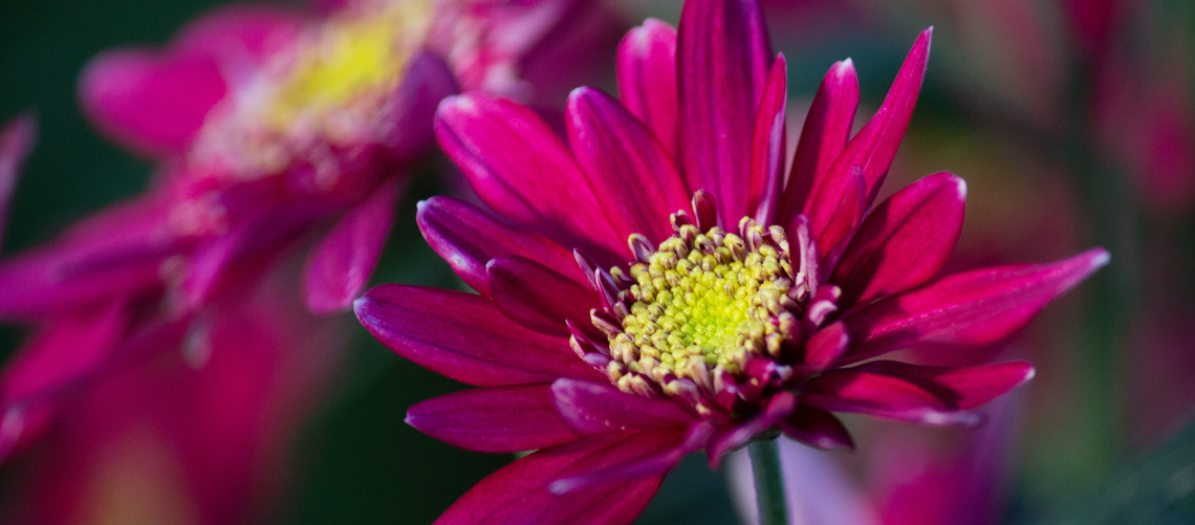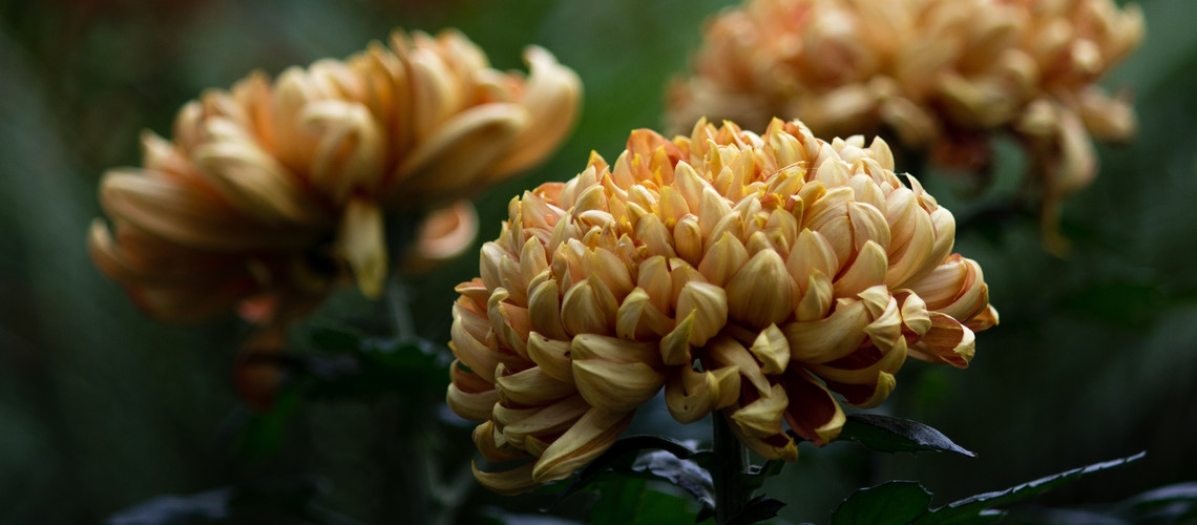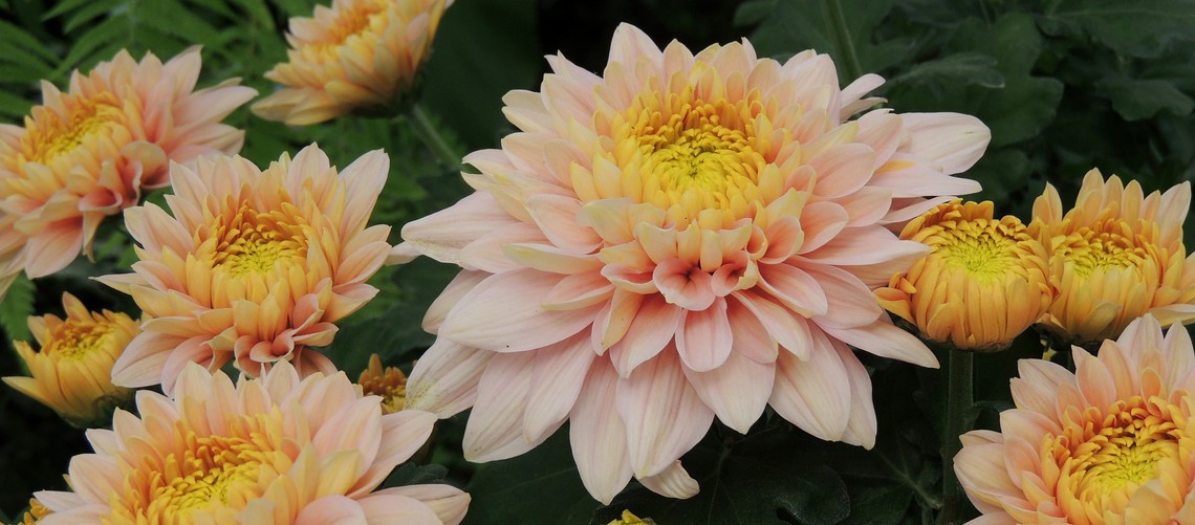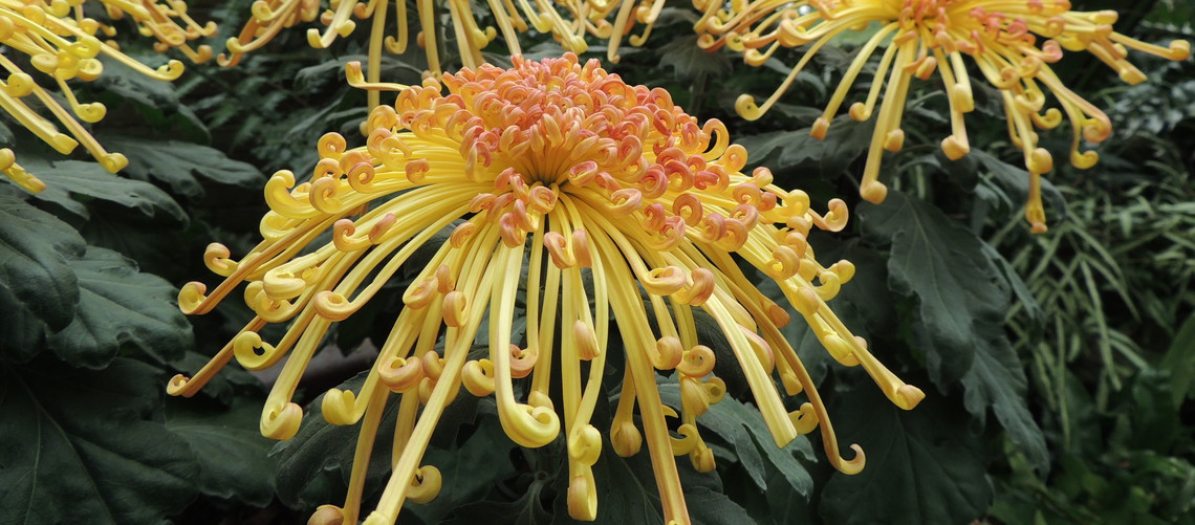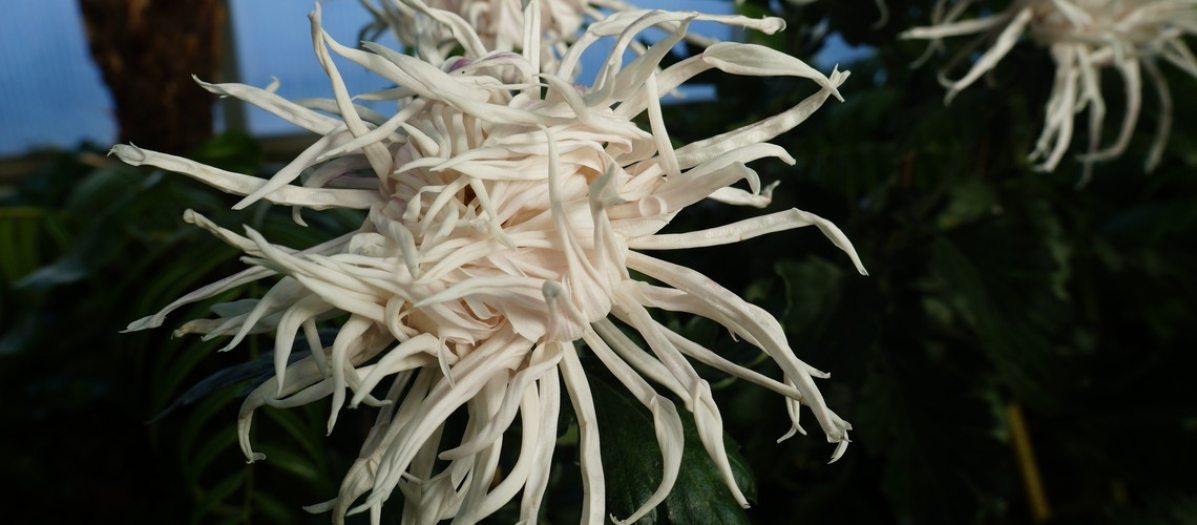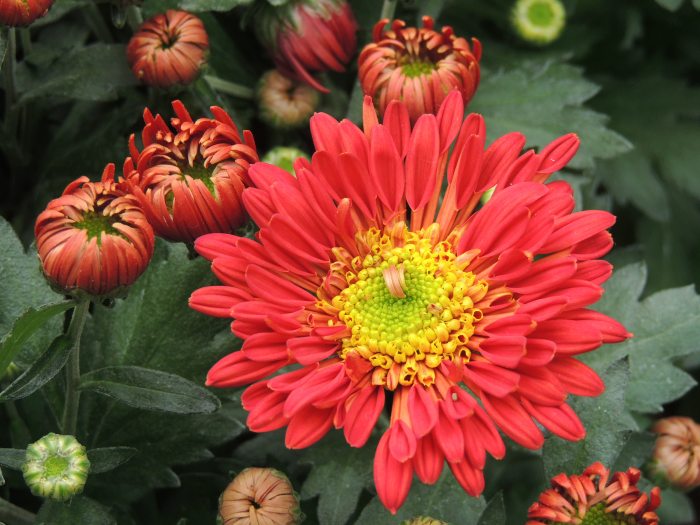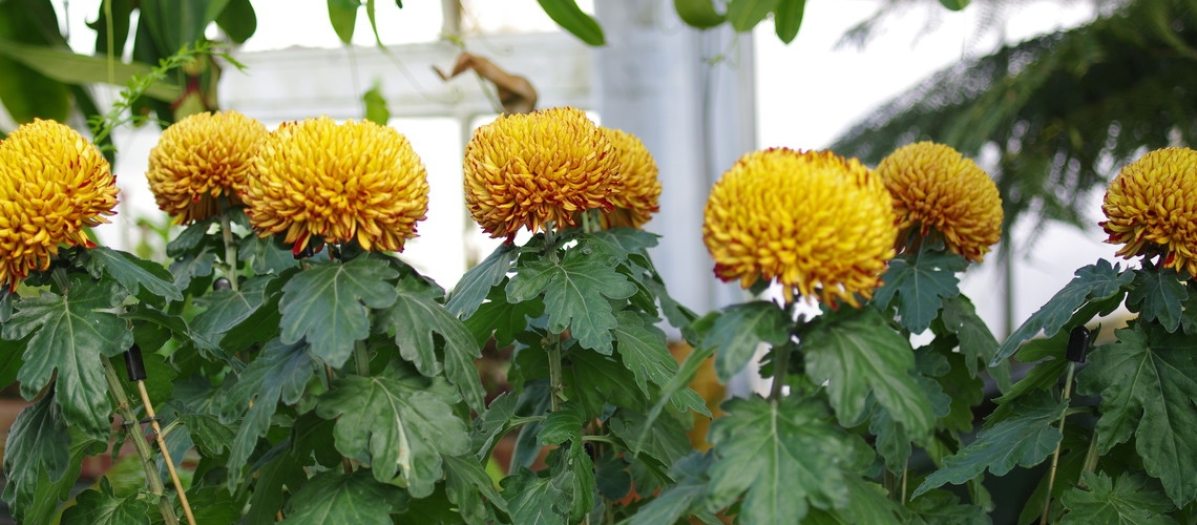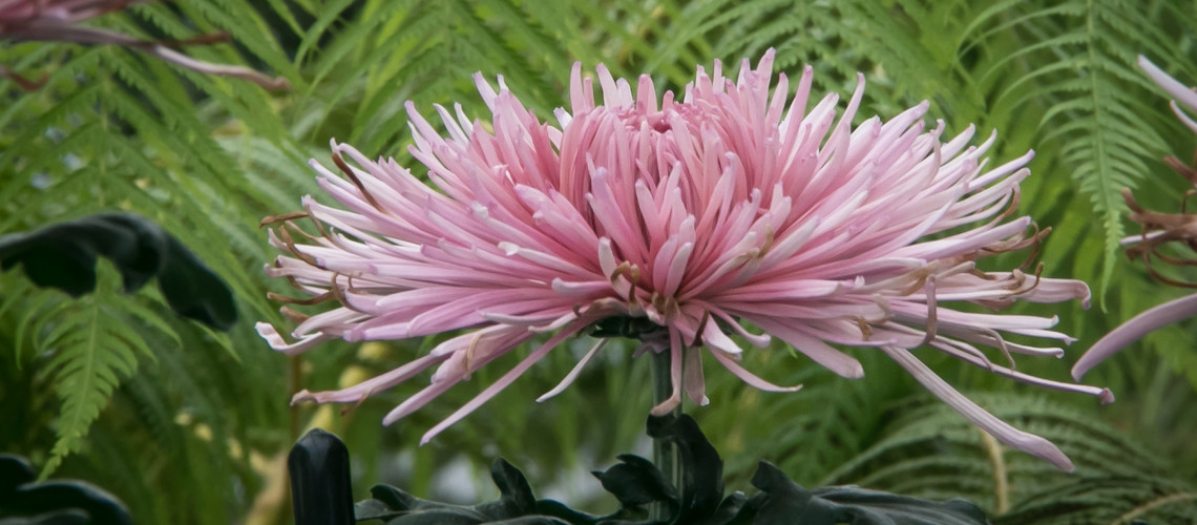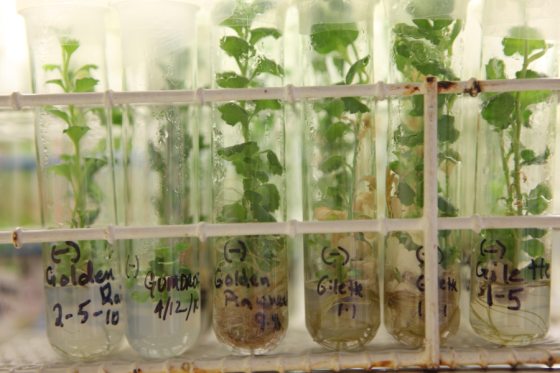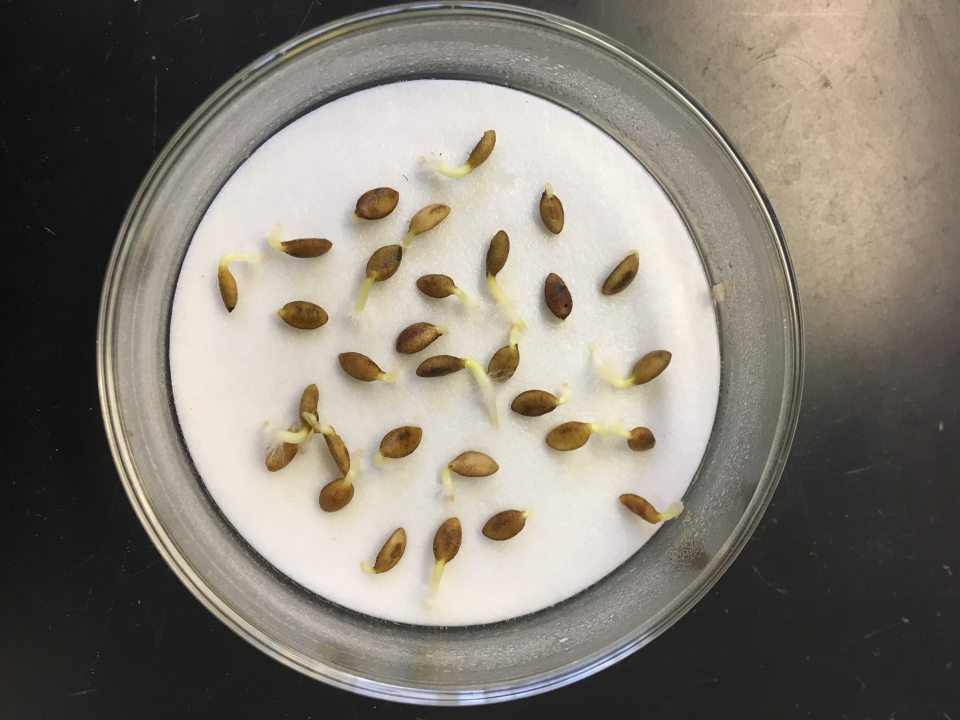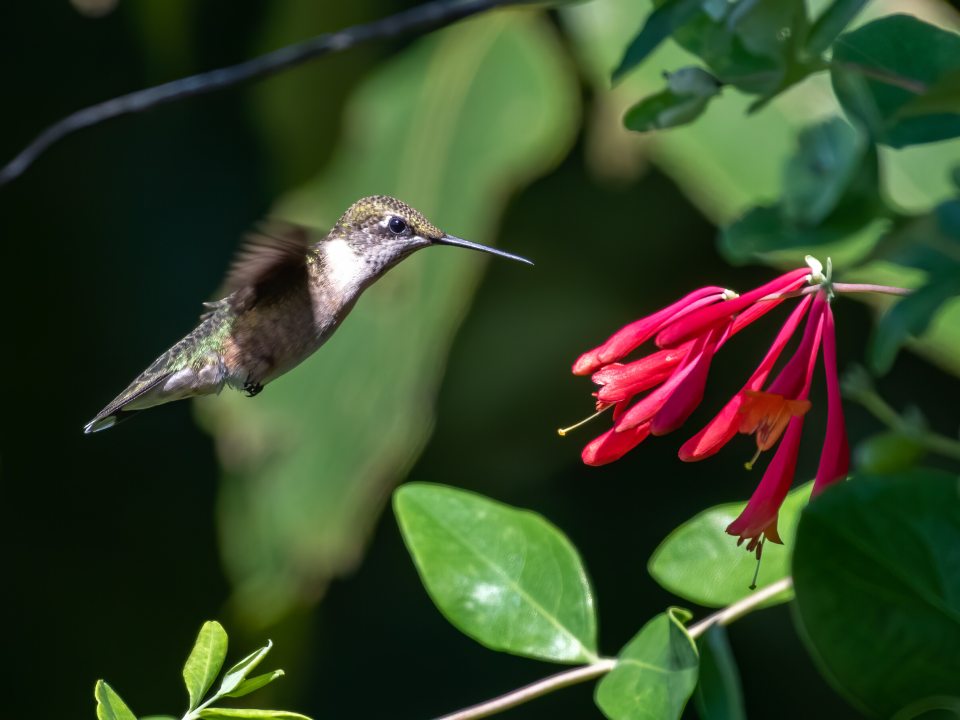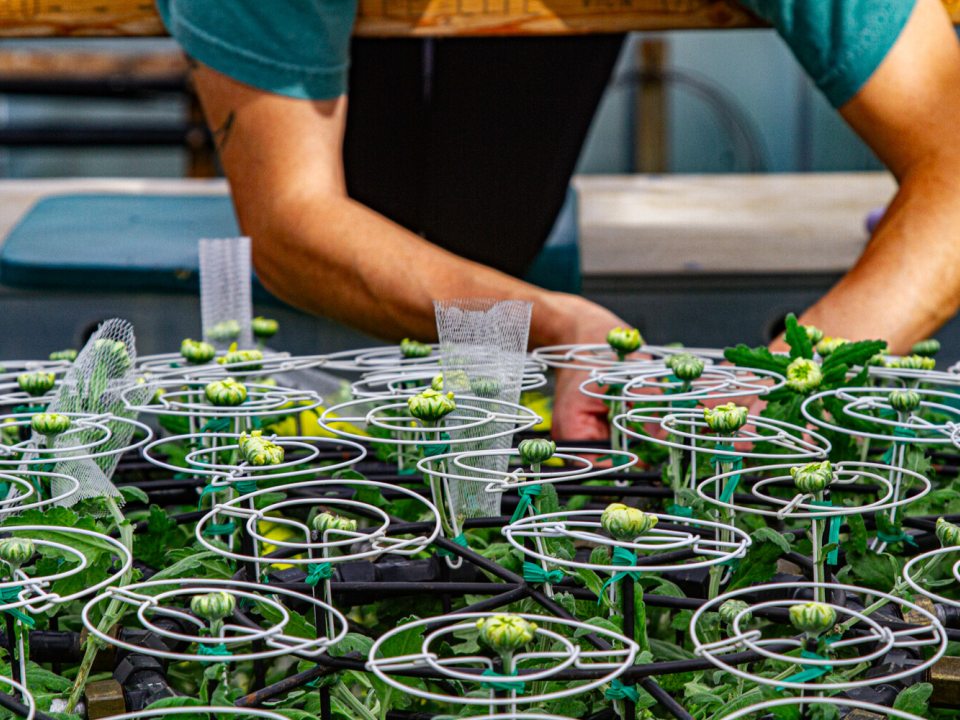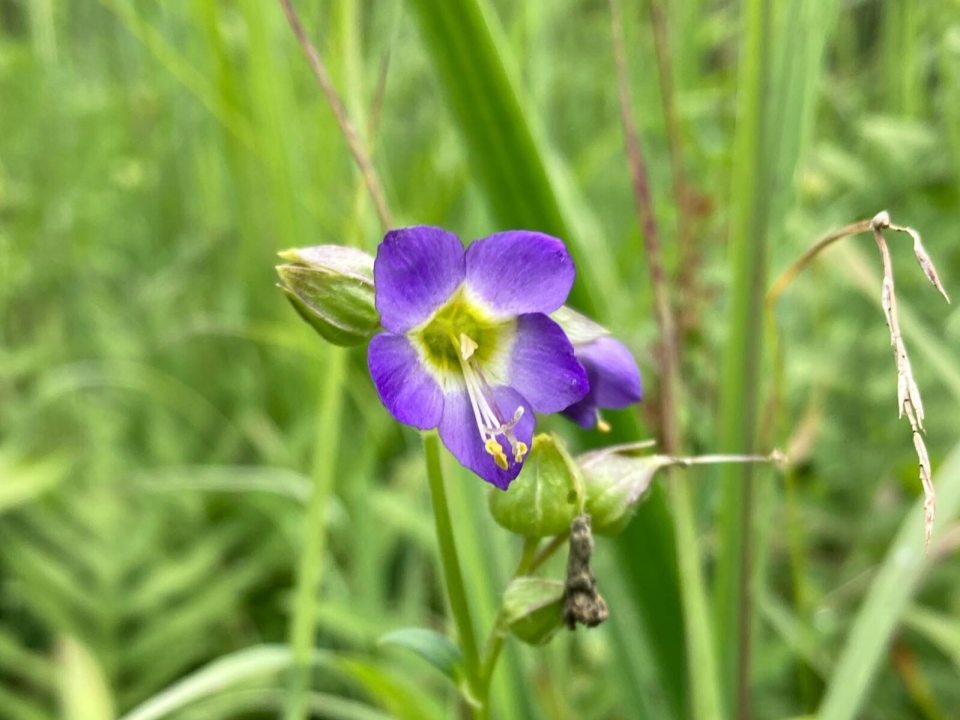In the fall of each year, thousands of amazing chrysanthemums grace the Conservatory and outdoor areas of Longwood Gardens. Among those displayed include both common and rare varieties. Skilled growers painstakingly train mums into single-stem plants with an individual huge flower, cascade forms that drape over columns, topiary forms in various shapes and sizes, and the impressive Thousand Bloom Chrysanthemum which emerges from a single stem and forms a massive dome with more than 1,000 flowers.
Common commercial varieties of chrysanthemums are easily purchased from suppliers across the US, but for our Chrysanthemum Festival, thousands of rare chrysanthemums need to be produced each year from stock plants housed on our property at Longwood. These rare varieties are not readily available from any other sources in the quantities required by Longwood’s designers. Some of these rare cultivars were imported to Longwood from Japan, and some are heirloom varieties grown only by hobby growers and botanical gardens. They are available in only small quantities from commercial growers.
There are 43 varieties identified as crucial to Longwood’s displays and these make up the Chrysanthemum Core Collection. Another 183 cultivars have been identified as important to display and worth preserving and protecting in the tissue culture lab with the Chrysanthemum Core Collection. The research department at Longwood plays a major role in the preservation of these rare chrysanthemums by testing stock plants for virus, eliminating virus from infected plants, keeping clean stock protected from viruses in test tubes, and producing plants from tissue culture when there aren’t sufficient stock plants in the greenhouse for the number of cuttings desired.

